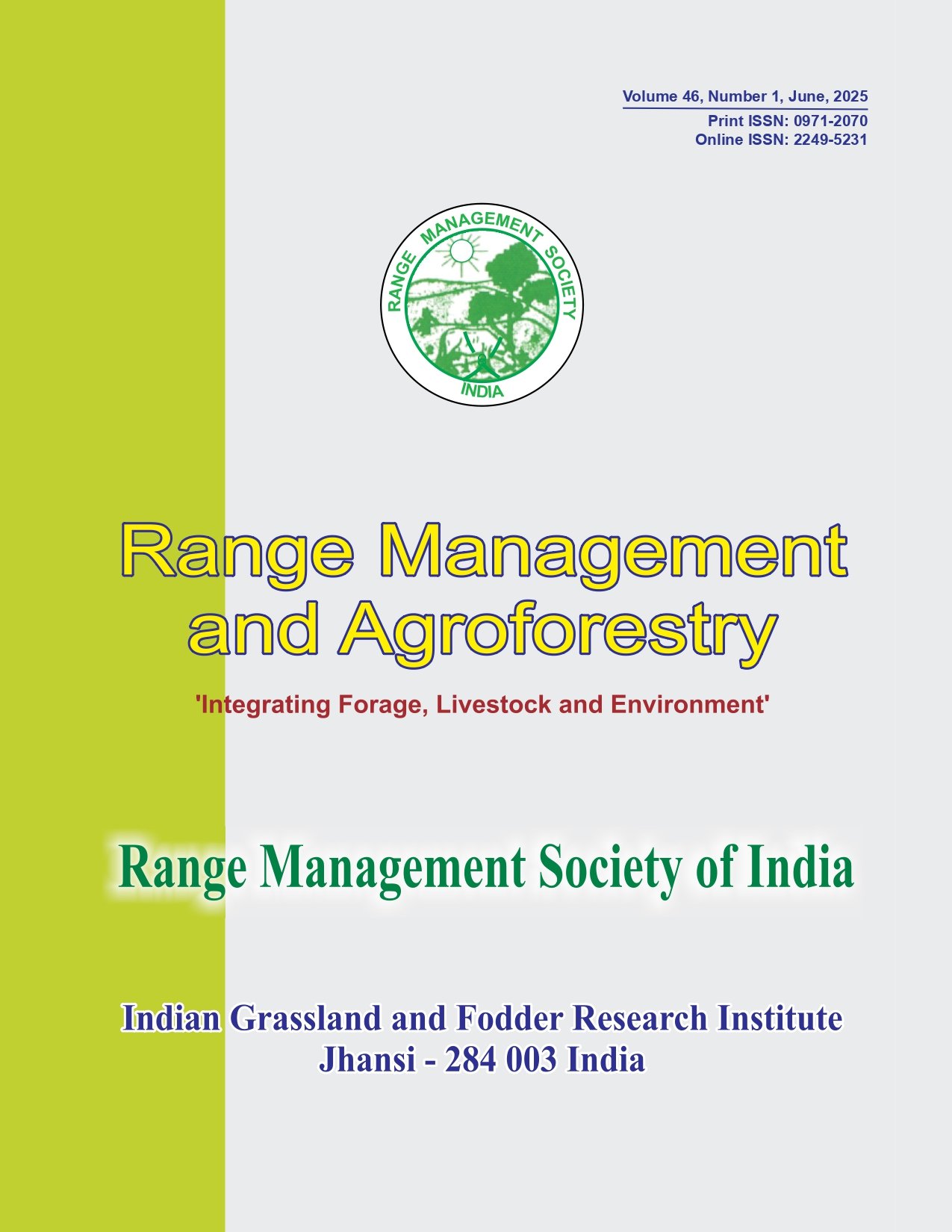Deciphering the genetic architecture of β-glucan content in oats (Avena sativa L.) through QTL mapping
DOI:
https://doi.org/10.59515/rma.2024.v45.i1.05Abstract
Oat is a cereal grain grown for human and animal nutrition. It is known for its high dietary fibre content, phytochemicals, and nutritional value. The primary component of oat fibre is β-glucan, a group of polysaccharides comprising mixed-linkage (1,3) (1,4)-D-glucose units. The β-glucan concentrations of oat cultivars usually range from 3 to 6% and are considered a polygenic trait controlled by multiple genes with additive effects. The primary goal of this study was to identify quantitative trait loci (QTLs) for β-glucan content. Two contrasting parents for β-glucan content, OL10 (5.8%) and OL11 (0.8%), were selected from 91 germplasm lines, and an F2:4 mapping population was generated for QTL mapping. Five genotypes with the highest levels of β-glucan content were observed. The QTLs affecting β-glucan content were identified using QTL cartographer, employing single marker analysis (SMA) and composite interval mapping (CIM). Two putative QTL regions were identified, one on linkage group (LG) 1 and the other on LG 4, with LOD (logarithm of the odds) scores of 3.7 and 4.3, respectively, explaining 31 and 33% of the phenotypic variation. The information generated is important in identifying the genomic regions responsible for β-glucan content in oats.








